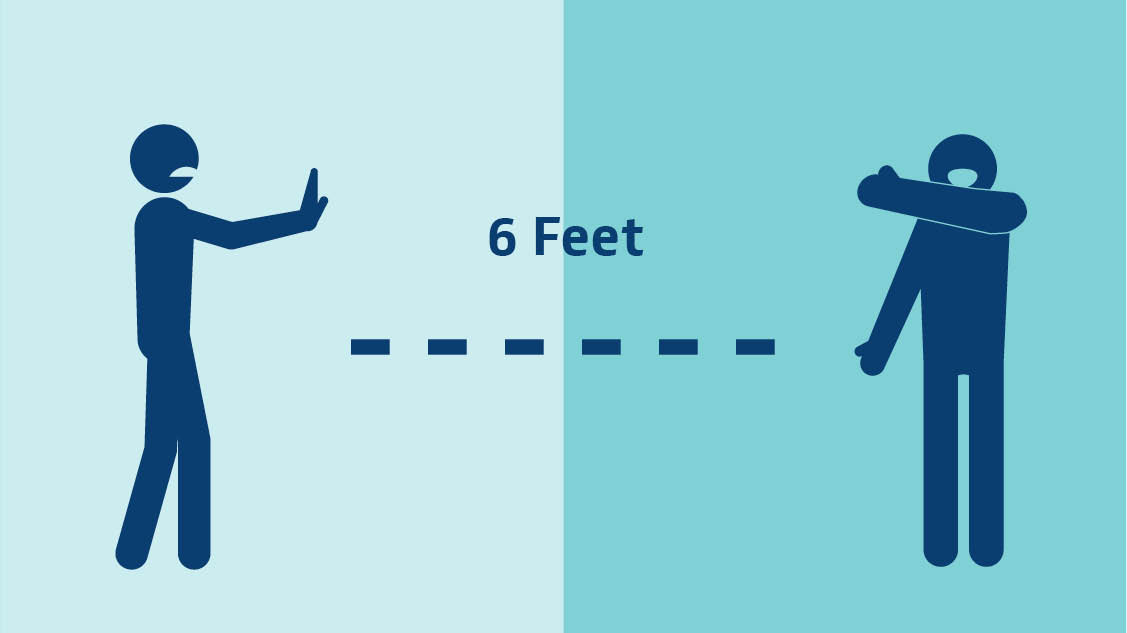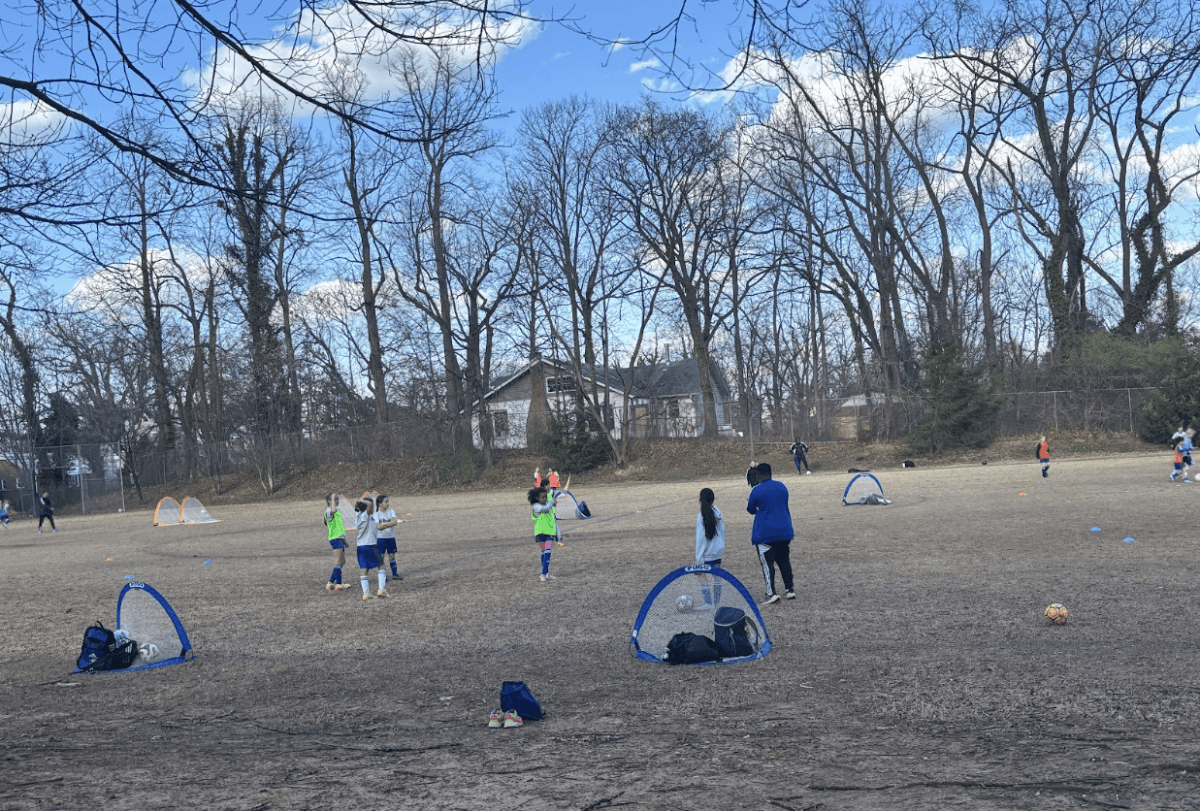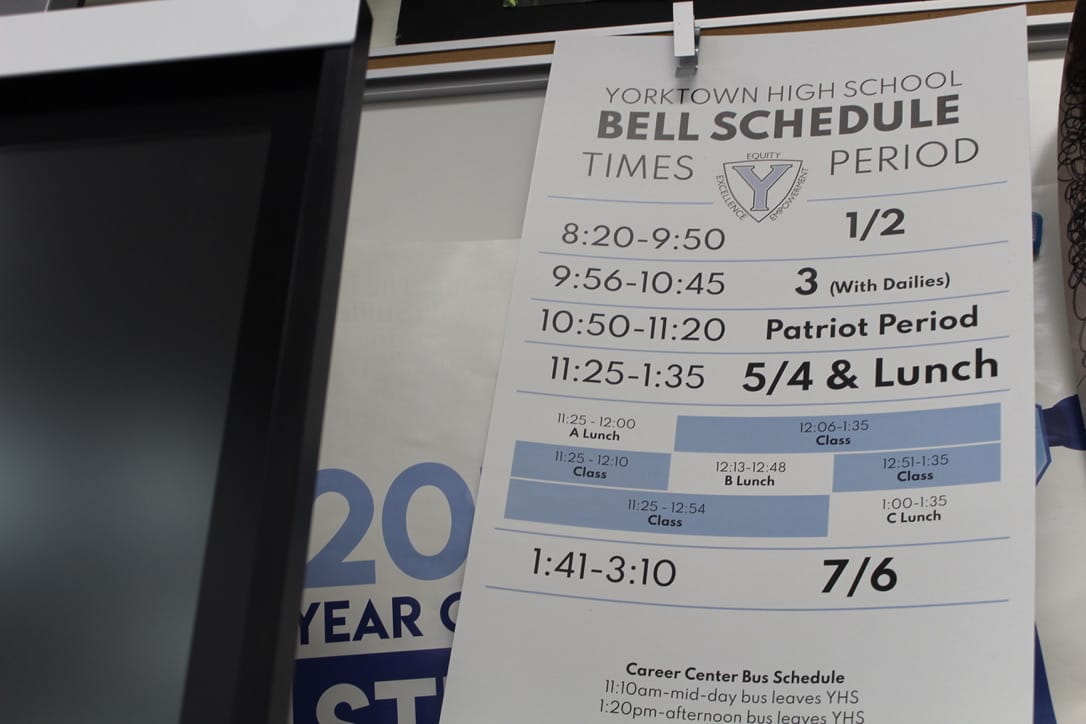COVID-19 has, to say the least, been full of surprises. The disease that once seemed like a far-away threat has resulted in a total disruption of normal life, with Americans from coast to coast suddenly cooped up in their houses for an indefinite period of time. Few, if any, were able to truly anticipate the degree to which the world would change within a matter of days, and many are still left dumbfounded at how radically their lives have changed.
These are trying times. The toll of a global pandemic has been exacted on nearly eight billion people, each one relegated to a life stripped of nearly all social interaction. Such conditions have not been easy on anyone, and the world has found itself in a state of collective isolation, boredom and anxiety.
With such extraordinary circumstances in place, it is easy to crave an escape. Some may feel tempted to reject the validity of those circumstances altogether, choosing instead to live their lives how they normally would. Humans are inherently social creatures, which makes social isolation an incredibly difficult task for many. It is tempting to make exceptions, to assure oneself that taking a break from social distancing every now and then would still be responsible. Others may take comfort in convincing themselves that the present situation is not especially dire; that measures taken to prevent the spread of COVID-19 are an overreaction, and thus that ignoring them would be acceptable.
It is an easy and comforting train of thought to follow – but it is an extremely reckless and irresponsible one, as well. Despite what we might tell ourselves every now and then, our current situation is grim at best. We are experiencing one of the most historically significant pandemics that humanity has ever confronted – it will continue to fundamentally alter society now, and its aftershocks will continue to do so long after the disease itself has disappeared. A return to normalcy will almost certainly not take place for a very long time. In all likelihood, we will have to keep living like this at least for the foreseeable future.
Admittedly, that does sound pretty depressing. Living like this has been hard just for a roughly two-week period; having to do so for several more months sounds extremely daunting. Still, this is our most realistic best-case scenario – because the alternatives are far, far worse.
Americans can expect things to begin to return to normal when COVID-19 starts losing traction – but when that will be is fairly uncertain. It will most likely happen when around 60-70% of the population develops some form of immunity to the virus, which could realistically happen in one of two ways: (a) a vaccine is developed and made widely accessible or (b) the virus makes its way through a large enough portion of the population that most people develop immunity or resistance. The former of the two is probably a long way away – a reasonable estimate would be 18 months.
That leaves the nation (and the world) at the mercy of the latter option. At first glance, this suggests that in an ideal scenario, the virus would infect as many people as possible in the shortest amount of time possible – but this is, in fact, the nightmare scenario that experts around the country are dreading. The country is simply not equipped to deal with an enormous number of people suddenly contracting COVID-19. Among other things, there are nowhere near enough Intensive Care Unit (ICU) beds and ventilators for the amount of patients who will need them. The result of such a spike in cases would be absolute chaos. People would, quite literally, have to be left to die en masse. This is already the situation that has begun to play out in Italy, a country that has one of the best healthcare systems in the world.
The most important thing that must therefore be done is to prevent such a spike in cases from happening. The country simply cannot afford to deal with a large number of people getting sick at once, and the only hope of evading absolute catastrophe is to keep COVID-19 infections (and thus hospitalizations) at a sustainable rate. This is where the mantra of “flattening the curve” comes into play; for most Americans, contracting COVID-19 is not a question of if but of when, and the best course of action is thus to prolong infection as much as possible.
And that is why all of this is necessary. Of course, an effort to “flatten the curve” will mean that we have to continue to live like this for a long time – but if we choose not to, many, many people will die. Social distancing is, quite literally, a matter of life and death. If there is an unsustainable spike in COVID-19 infections, those who chose not to socially distance themselves will bear the moral culpability for hundreds of thousands – if not millions – of deaths. Living like this is extremely hard, but it is also the right thing to do. It means, quite literally, saving lives.
Although it sounds dramatic, it is important from here on out to constantly evaluate the weight of your actions during this pandemic. Before going out to see friends, or to eat at a restaurant, or to otherwise put yourself in contact with crowds, ask yourself: am I okay with the possibility that doing this might result in somebody’s death? As this virus spreads, that possibility constantly becomes greater. We each have a duty to do all that we can to save the greatest number of lives possible. Our decisions now come with tremendous consequence and moral responsibility; thinking of others is now more crucial now than ever.
This pandemic wields enormous destructive potential. If handled poorly, it could wreak havoc on the world. It is crucial that we accept a small amount of suffering over these next few months in order to prevent others from suffering on a much greater scale. How we act now will determine how great of a catastrophe we look back on in 50 years – it is our choice whether this pandemic will occupy a paragraph or several pages in the history books of the future.
So, for the sake of humanity, stay home. Read books. Learn to cook. Play video games. Watch the Godfather trilogy. Write the next great American novel. Record an album. Clean your house. Use the infinite resources available on the internet to become an expert on post-Marxist thought. Make TikToks. Do absolutely anything you want unless it requires face-to-face social interaction, because isolating yourself is the only morally responsible thing to do right now. Our current circumstances are grim – but, like literally everything else that has ever happened, they will eventually pass. It may take several months, but the world will eventually begin to slowly march back towards normalcy; and when it gets there, all of this will have been worth it.









































